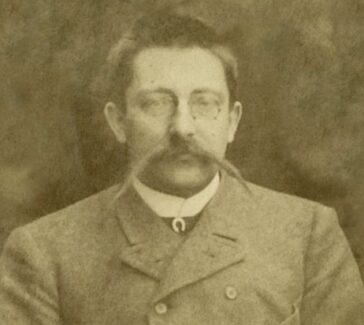Edward Goodrich Acheson
An American inventor and entrepreneur, Acheson discovered silicon carbide, the abrasive compound used to make sandpaper and grinding wheels.

Edward Goodrich Acheson (1856–1931) was raised in the coal fields of southwestern Pennsylvania. He left school at the age of 16 to help support his family after his father died, but he devoted his evenings to scientific pursuits—primarily electrical experiments.
In 1880 he had the temerity to attempt to sell a battery of his own invention to Thomas Edison and wound up working for Edison at his research lab in Menlo Park, New Jersey. After a year he was sent to Europe to install electrical lighting systems in the Hotel de Ville in Antwerp and the La Scala opera house in Milan, among other public places.
Carborundum: An Abrasive Venture

In 1884 Acheson left Edison’s employ to become an independent inventor; he was soon successful. In 1891 he obtained the use of an electric generating plant of considerable power and tried to use electric heat to impregnate clay with carbon. The resultant mass exhibited some small shiny specks, and he determined that this crystalline substance had value as an abrasive. It was actually silicon carbide, which he called carborundum.
In 1894 he established the Carborundum Company in Monongahela City, Pennsylvania, to produce grinding wheels, whetstones, knife sharpeners, and powdered abrasives.
Synthetic Graphite and Other Undertakings
In 1895 Acheson’s electrochemical company was among the first to come to Niagara Falls. In its electric furnace he subsequently produced artificial graphite, another product he commercialized, and he discovered that various organic substances allowed colloidal suspension of particles of graphite mixed in oil or water.
His inventive genius knew no bounds; neither did his entrepreneurial optimism. Like many inventors, he was not a good manager, and his companies were constantly being taken out of his hands by concerned investors.
Many of Acheson’s original companies live on today, often as subsidiaries of various corporations, including Saint-Gobain Corporation, GrafTech International, and Acheson Industries (now a subsidiary of Henkel).



